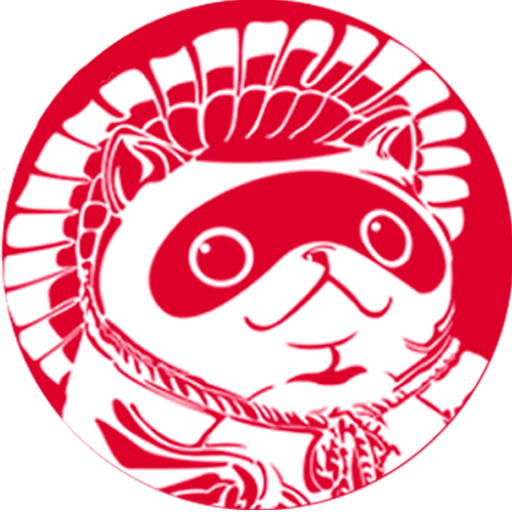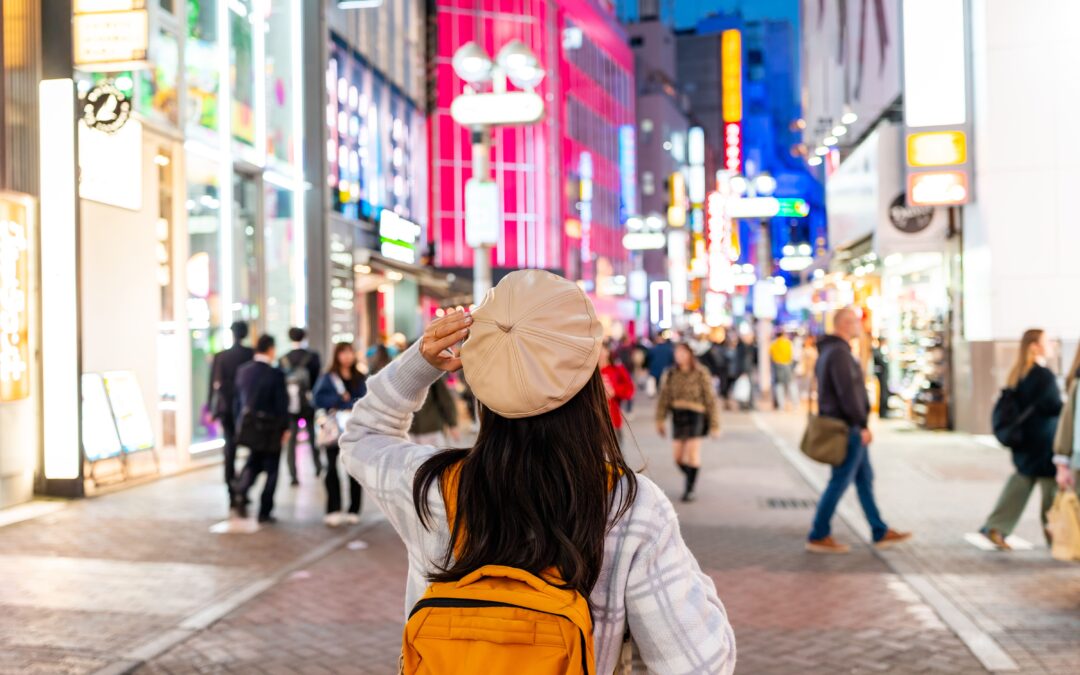If you’ve ever wondered what Harajuku is, the answer is simple: it’s much more than a Tokyo neighborhood. It is a place where fashion, art and youth culture explode in a thousand colors and shapes. Harajuku Tokyo has become a symbol of creative freedom, a space where anyone can express themselves fearlessly and in all the style in the world.
In this article we will take you on a walk through its most iconic streets, its most striking subcultures and the influence it has had on global fashion. Believe me, after reading it, you’re going to want to pack your suitcase and get lost in the unique energy of Harajuku Japan.
History of Harajuku Japan: From Shrine to Fashion Icon
Although today it is synonymous with fashion, its roots are much calmer. The Harajuku area began around the Meiji Shrine, opened in 1920. For decades it was a common residential area, until after the Second World War it began to be transformed into a center of youth creativity.
In the 70s and 80s, the arrival of foreign boutiques and the rise of urban art attracted young people who sought to differentiate themselves. It was then that what we know today as Harajuku style: a vibrant mix of subcultures, eccentric looks and total freedom of expression.
Takeshita-dori Street: epicenter of youth fashion
If there is a place that answers the question of what Harajuku is, it is Takeshita-dori, a pedestrian street of just 400 meters, but full of energy and color.
Fashion and accessories stores
Here you will find everything from independent boutiques to well-known chains, all with a common denominator: limitless creativity. T-shirts with crazy designs, impossible shoes, wigs, kawaii accessories… Takeshita-dori is the laboratory of the Harajuku look.
Candy and street food stalls
It’s not all about clothes: the street is also famous for its sweets. From giant crepes filled with cream and fruit, to multicolored cotton candy, every corner invites you to take a sweet break while you explore.
Harajuku style subcultures
The real heart of Harajuku Tokyo is its subcultures. Each one has its own rules of dress, aesthetics and attitude, but they all share something: to express themselves freely.
Kawaii
The word means “tender” or “adorable.” Pastel clothes, stuffed accessories and soft makeup create a look that looks like something out of a fairy tale.
Lolita
Inspired by Victorian and Rococo fashion. Dresses with lace, voluminous skirts and elegant parasols. Within this trend there are substyles: sweet lolita (sweet), gothic lolita (dark), classic lolita (romantic).
Visual kei
Influenced by Japanese rock music. Colorful hair, intense makeup, dramatic clothes. Every outfit looks like part of a show.
Ganguro and gyaru
Very popular in the 90s and 2000s. Tanned skin, eye-catching makeup, false eyelashes, and extravagant clothing. A way of rebelling against the more traditional Japanese aesthetic.
Cosplay
Although it goes beyond Harajuku, here is one of its main scenarios. Fans dress up as their favorite characters from anime, manga, or video games, showing pride and creativity.
Do you love manga and want to read it in its original version?
With our Doki Flix online platform you will learn Japanese with anime, manga, pop culture and super enjoyable classes.
Omotesando: luxury fashion and avant-garde architecture
If Takeshita-dori is the youthful and rebellious side, Omotesando it is the sophisticated face. This wide, tree-lined avenue is known as the “Champs-Elysées of Tokyo.” Here you will find luxury shops, international brands and buildings with spectacular architectural design.
Harajuku combines these two worlds: the eccentric and the elegant. That contrast is part of what makes it unique.
Landmarks of Harajuku Tokyo
Beyond fashion, Harajuku is full of iconic corners:
Meiji Shrine
A green oasis in the middle of Tokyo. Perfect for a spiritual respite and to understand the most traditional origin of the area.
Yoyogi Park
A meeting place for street artists, music groups and alternative communities. On Sundays, it’s common to see impromptu performances and subculture gatherings.
Jingubashi Bridge
For years, this bridge was the meeting point for the most daring young people of Harajuku, where they paraded with their extreme looks. Although there are fewer today, it still maintains that air of freedom.
Cultural influence of harajuku on global fashion
The Harajuku Style he did not stay in Japan. International artists such as Gwen Stefani popularized the kawaii aesthetic in the West. Fashion designers from Paris, New York and Milan have taken inspiration from the streets of Harajuku to create entire collections.
The most striking thing is that Harajuku does not copy trends: it creates them. And many times, years later, those trends reach the rest of the world.
Gastronomy in Harajuku Japan: From trendy cafes to typical restaurants
Food is also part of the experience. In addition to the famous crepes and cotton candy, Harajuku has Themed Coffees (animal, anime characters, futuristic fashion) and restaurants that offer everything from sushi to classic ramen. Eating here is an experience as photogenic as it is delicious.
Unique experiences in harajuku: cosplay and fashion events
If you visit Harajuku on the weekend, be prepared: the streets are filled with cosplayers, street musicians, and impromptu parades. In addition, several times a year they are organized Harajuku Fashion Events, where young designers show their creations. It’s a constant carnival of creativity.
Location and how to get to Harajuku Tokyo
Harajuku is in Tokyo’s Shibuya district. Getting there is very easy:
- JR Yamanote Line: Harajuku Station (right at Takeshita-dori).
- Chiyoda or Fukutoshin Subway: Meiji-jingumae station.
Its strategic location makes it a must-stop for any traveler who wants to experience Harajuku fashion first-hand.
Harajuku is a world unto itself. It’s the answer to what Harajuku is: the global epicenter of free fashion, where creativity has no limits and each street tells a different story. From Meiji Shrine to Takeshita-dori, from a kawaii look to a spectacular cosplay, every corner invites you to celebrate individuality.

Co-founder and Director of Doki Doki Japan. After learning Japanese and working in Japan for two years, he decided to turn his passion for teaching into a vision: to found his own online Japanese language school.

